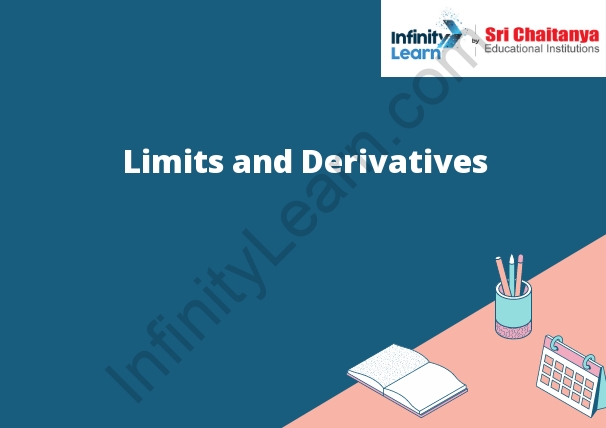Table of Contents
Explain in Detail: Limits of a Function
There are several ways to think about the limits of a function. One way is to think about the limit as the value that the function approaches as the input gets closer and closer to a certain number. Another way to think about the limit is as the value that the function approaches as the input gets closer and closer to infinity.

Derivatives
Derivatives are a type of security that derive their value from the performance of an underlying asset, such as a stock, bond, or commodity.
There are two main types of derivatives:
1. Securities derivatives, which include options, futures, and swaps.
2. Derivative contracts, which include forwards and options.
Derivatives can be used to hedge risk, or to speculate on the price movements of the underlying asset.
Definition of Derivatives Using Limits
The derivative is a measure of how one variable changes with respect to another. It is computed by taking the limit of the difference quotient as the difference quotient approaches zero.
Basic Concepts of Derivatives
A derivative is a contract between two parties, where one party agrees to pay the other party a fixed amount of money, called the premium, in exchange for a right to receive a payment, called the payout, at a future date. The payout is usually a fixed amount of money, but it can also be a variable amount, depending on the performance of an underlying asset.
The most common underlying assets are stocks, bonds, and commodities, but derivatives can be based on just about anything. The most common types of derivatives are options, futures, and swaps.
Options are contracts that give the holder the right, but not the obligation, to purchase or sell an underlying asset at a fixed price, called the strike price, on or before a certain date, called the expiration date.
Futures are contracts that obligate the buyer to purchase an underlying asset at a fixed price on or before a certain date, and obligate the seller to sell the underlying asset at a fixed price on or before the same date.
Swaps are contracts that allow two parties to exchange payments, based on the performance of an underlying asset, over a certain period of time.
Know more about: CBSE Class 11 Mathematics Important Topics and Tips



